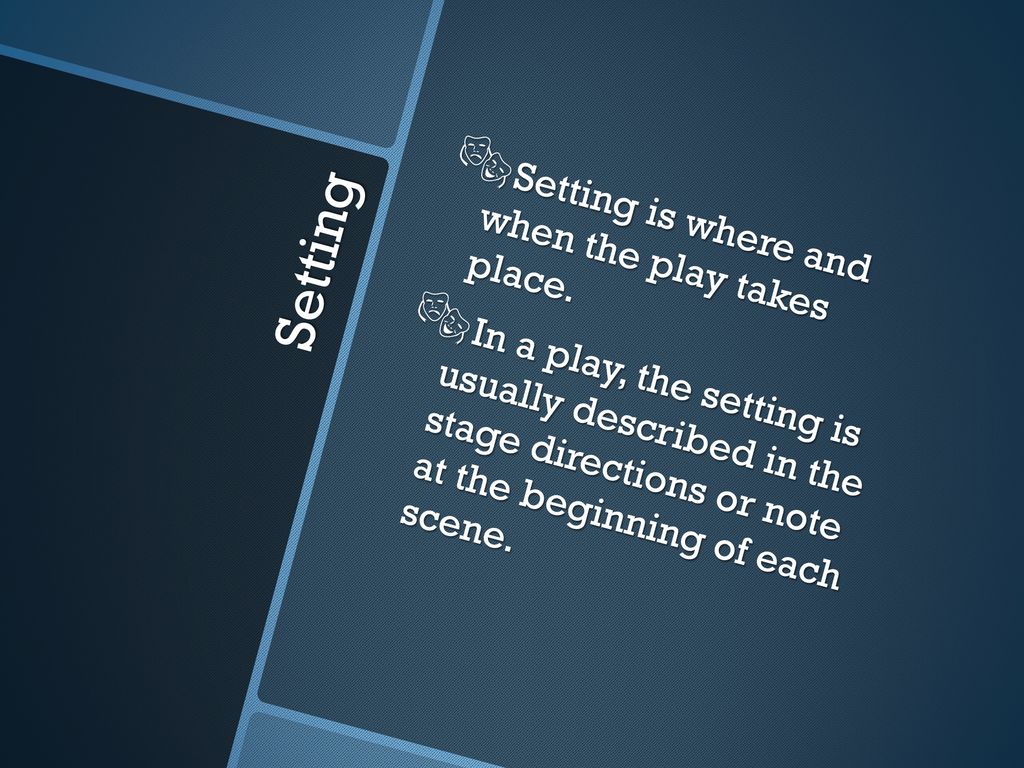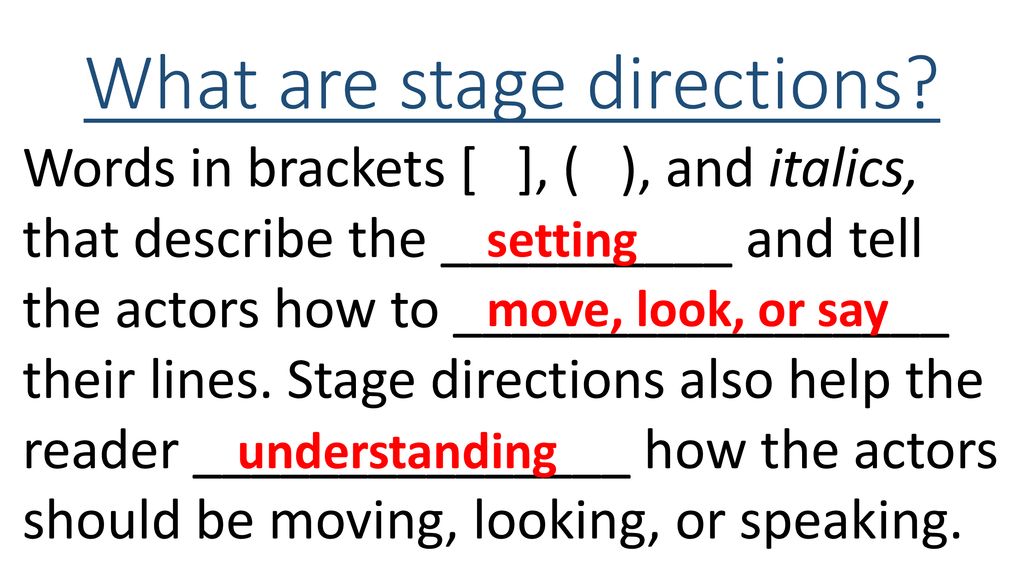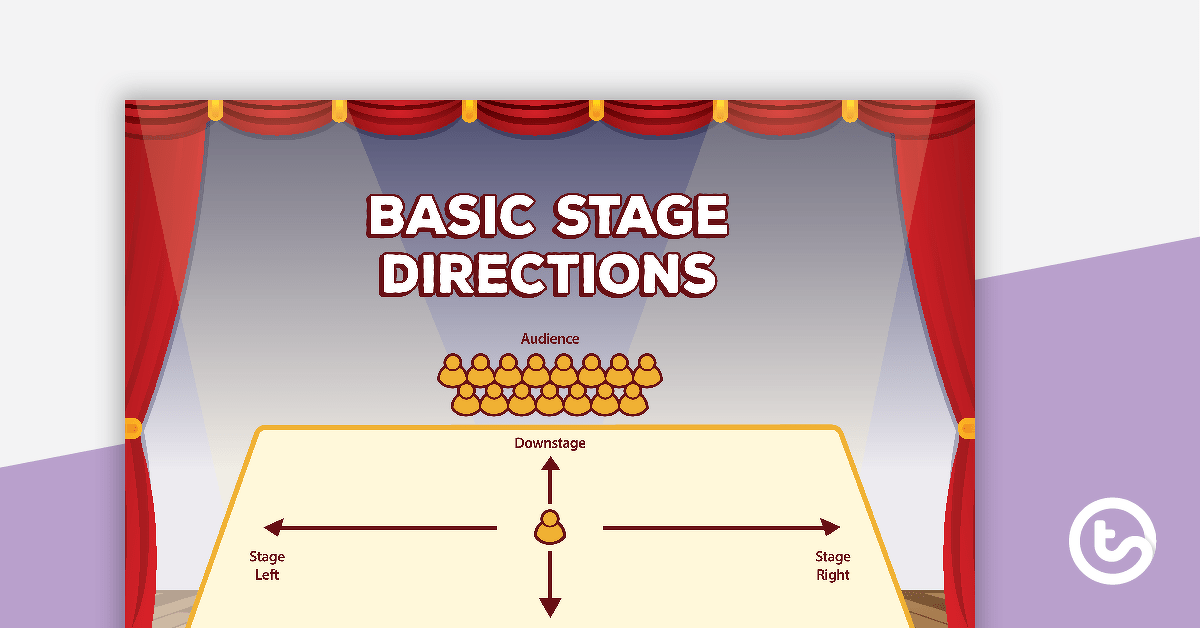How Does This Stage Direction Help The Reader
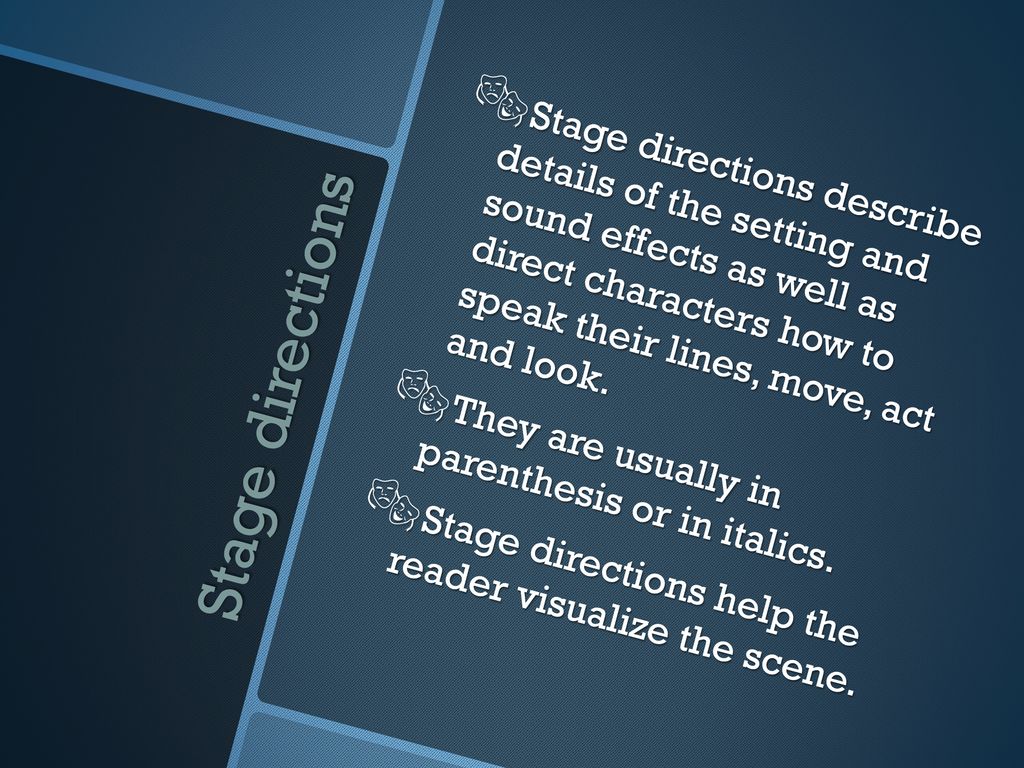
Stage directions are crucial tools for playwrights, guiding actors and designers toward a unified vision and profoundly impacting the audience's understanding of a play. This article explores how effectively employed stage directions can clarify character, advance plot, and enhance thematic resonance for the reader, even before a performance.
Stage directions are not merely decorative; they provide essential context and shape the reader's interpretation. They operate on multiple levels, directing action, setting the scene, and revealing character nuances. Understanding their function is key to unlocking a play's full potential, regardless of whether a production is staged or the work is purely read.
Character Development and Understanding
Stage directions often provide immediate insights into a character's personality. A direction like "(SARAH enters hesitantly, clutching a worn photograph)" tells us more than just her movement; it suggests possible insecurity, a connection to the past, or both. This subtle visual cue informs the reader's understanding of SARAH before she even speaks.
Consider the difference between "(JOHN slams the door)" and "(JOHN closes the door gently)". Both actions describe the same event, but convey vastly different emotional states for JOHN. These directions shape the audience's initial perceptions and expectations.
Details about physical appearance, such as "(ANNA, dressed in faded but elegant clothes)", quickly sketch a character's background and social standing. These cues, though seemingly minor, are fundamental in building a reader's understanding of their motivations and potential conflicts.
Plot Advancement and Setting the Scene
Stage directions frequently advance the plot by dictating character movements and interactions with props. "(The letter falls from MARK's pocket)" isn't just about a falling letter; it could be the catalyst for the play's central conflict.
They are also vital for establishing the play's setting and atmosphere. A direction like "(The stage is dimly lit, rain is heard softly in the background)" immediately sets a mood of foreboding or melancholy. This sets the tone and helps to contextualize the events that follow.
Changes in the stage setting described via directions can also signify shifts in time or location, crucial for maintaining clarity and pacing. For example, "(Scene changes to the crowded marketplace, days later)" clearly indicates a temporal and spatial leap, keeping the reader oriented within the narrative.
Thematic Resonance and Symbolism
Well-crafted stage directions can amplify the play's underlying themes. For example, a recurring motif of characters being "(bathed in shadow)" might symbolize moral ambiguity or concealed secrets.
The use of specific props, highlighted in stage directions, can also carry symbolic weight. "(A wilting rose lies on the table)" can symbolize fading beauty, lost love, or the passage of time, enriching the play's thematic tapestry. Stage direction like "(lights fade to black)" can symbolize an ending or closure to a scene.
Consider how the placement of characters in relation to each other, as guided by stage directions, might represent power dynamics or emotional distances. "(RICHARD stands on a raised platform, looking down at the gathered crowd)" immediately suggests RICHARD's authority and control.
Impact on the Reader
Effective stage directions enable the reader to visualize the play in their mind's eye. They transform the text from a mere script into a vivid and immersive experience. The inclusion of these details helps the reader to imagine how the play would be presented on stage.
They provide cues for vocal delivery and emotional expression, enriching the reader's internal performance of the characters' lines. The description of how a line is delivered, "(spoken with a weary sigh)", influences how the reader interprets its meaning.
By providing a richer understanding of the play's context and subtext, stage directions empower the reader to engage with the work on a deeper, more meaningful level. It's like getting a sneak peek into the director's vision.
Conclusion
Stage directions are integral to understanding a play's full potential. They shape character interpretation, drive the plot forward, and deepen the thematic resonance. Playwrights need to carefully consider the implications of their stage directions to maximize the impact of their work for both actors and, crucially, the reader.
Further research into specific playwrights and their use of stage directions is recommended. Examining the works of Samuel Beckett and Tennessee Williams, for example, reveals innovative and powerfully effective approaches to incorporating stage directions.
Ongoing analysis of how stage directions evolve in contemporary plays is essential to understanding their continued relevance in modern dramatic literature. Pay attention to how playwrights like Lin-Manuel Miranda are incorporating stage directions in new and inventive ways.

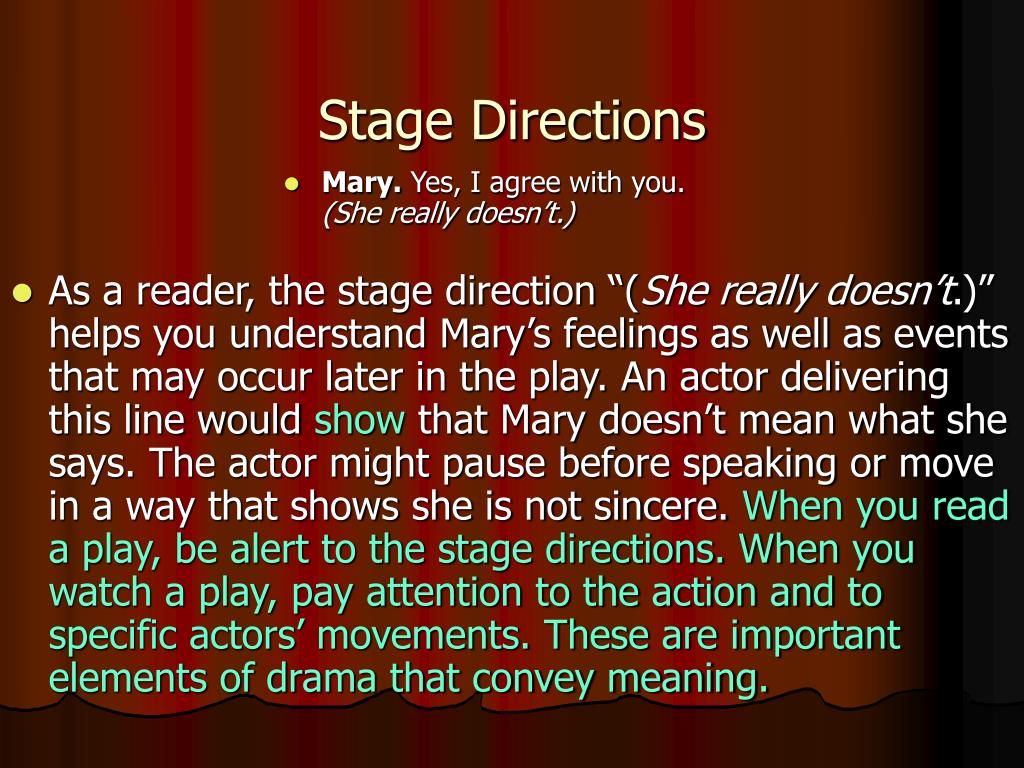



.+Steve+What+was+that.jpg)
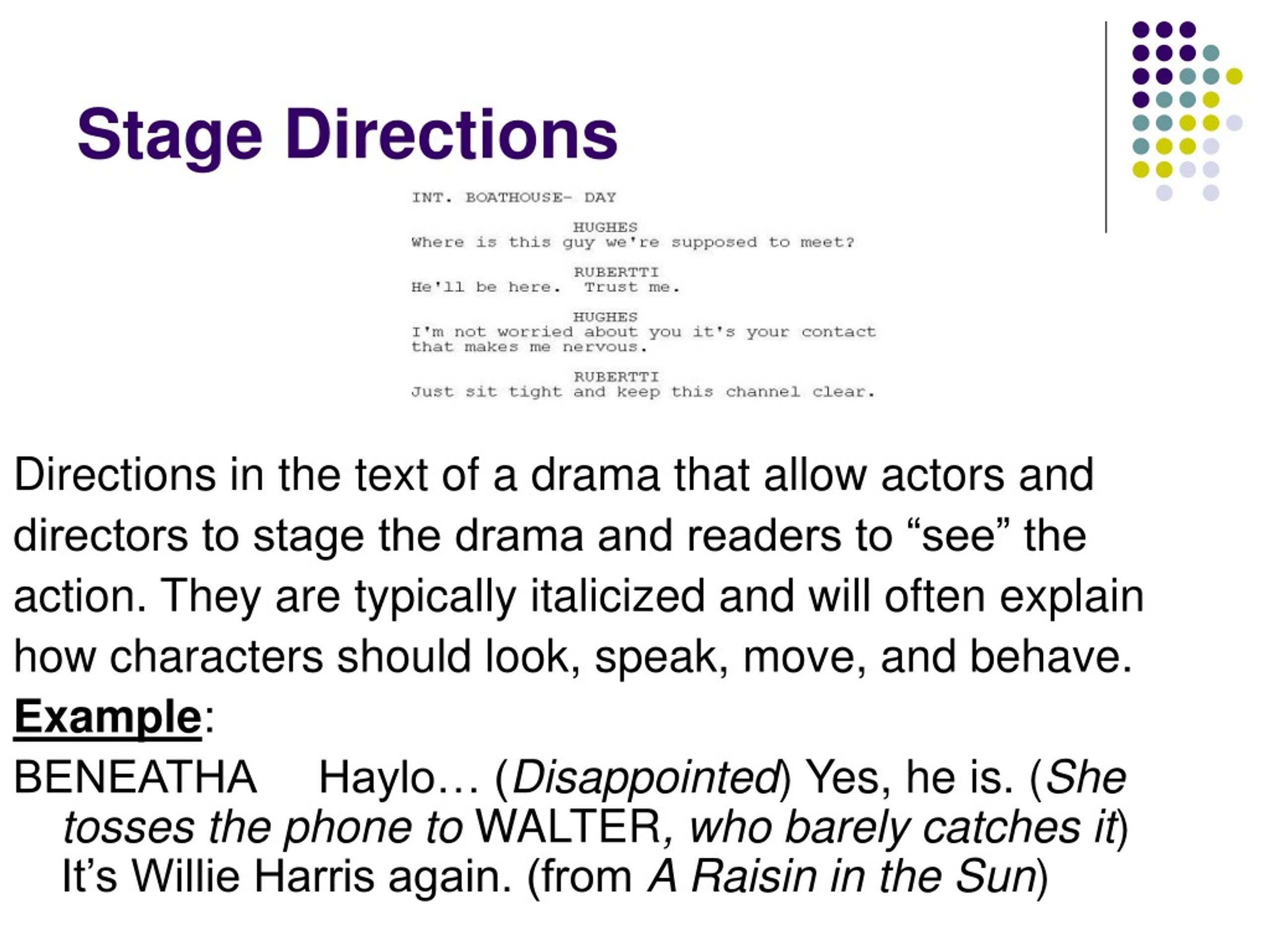
.jpg)
